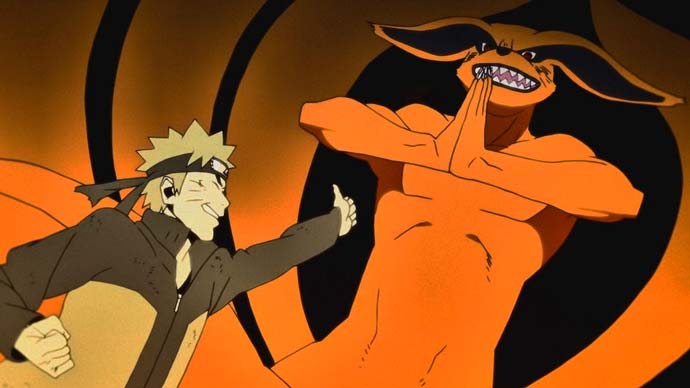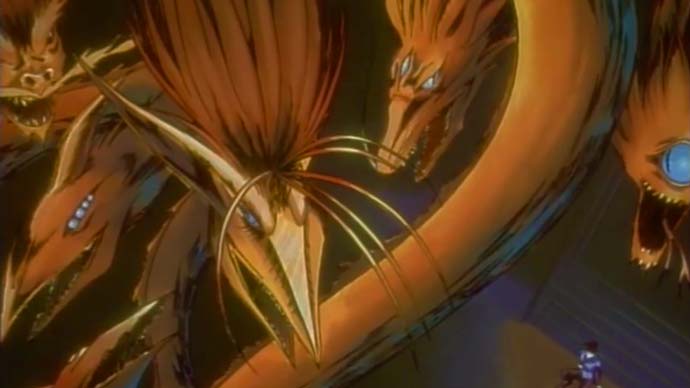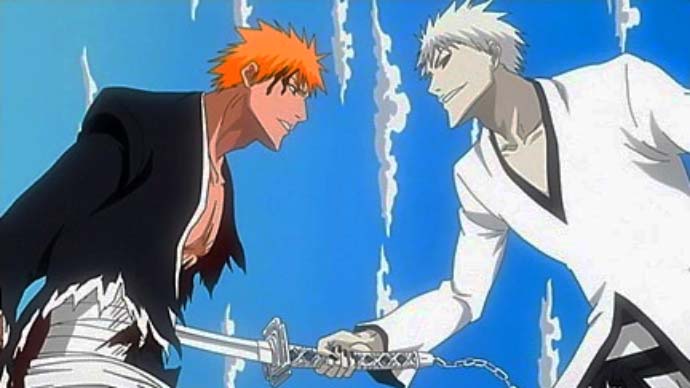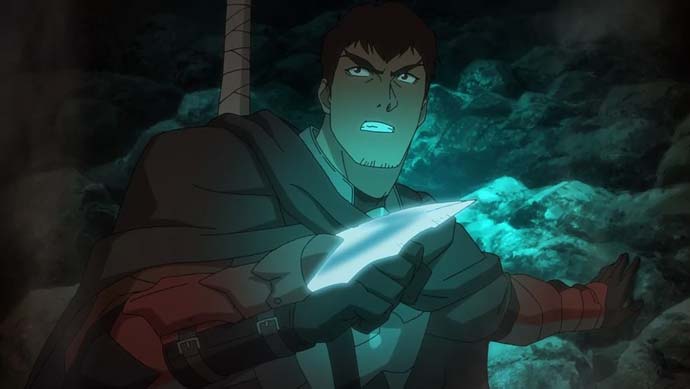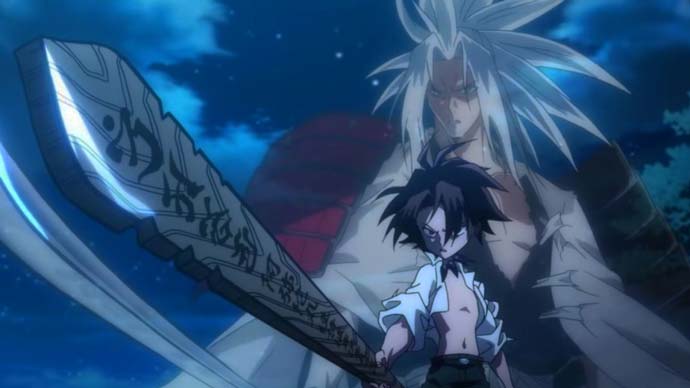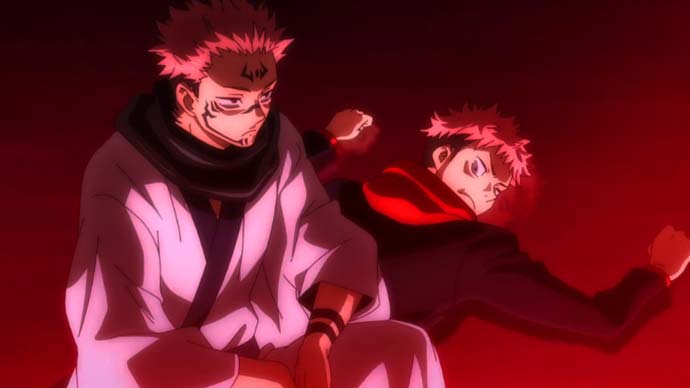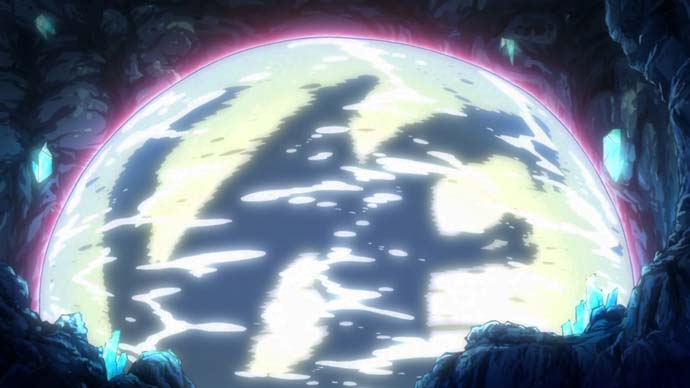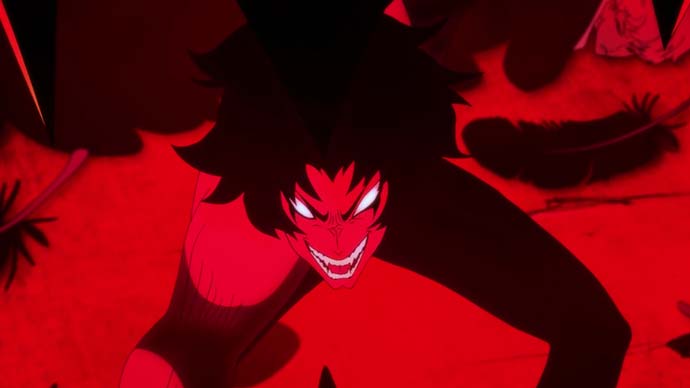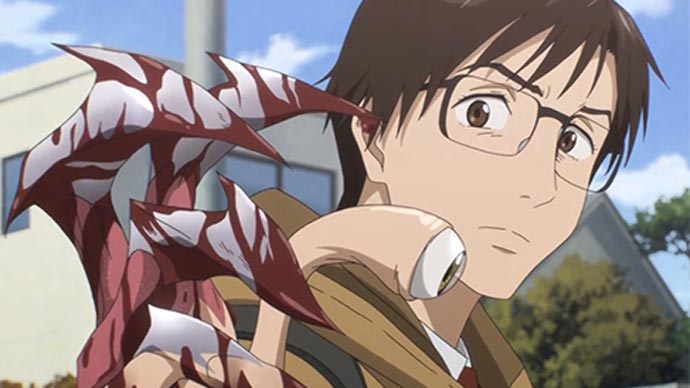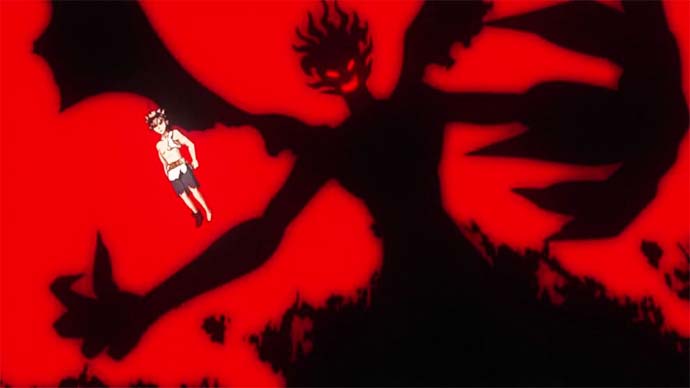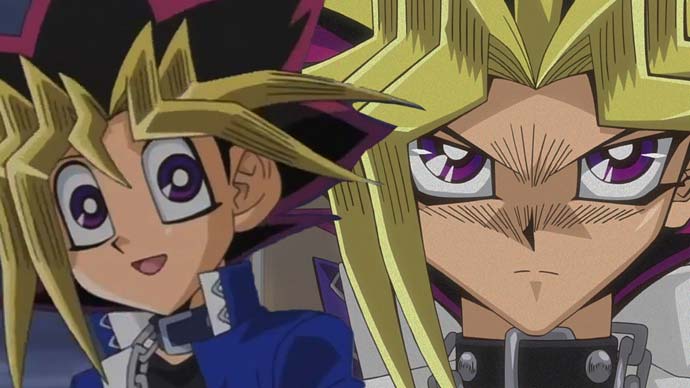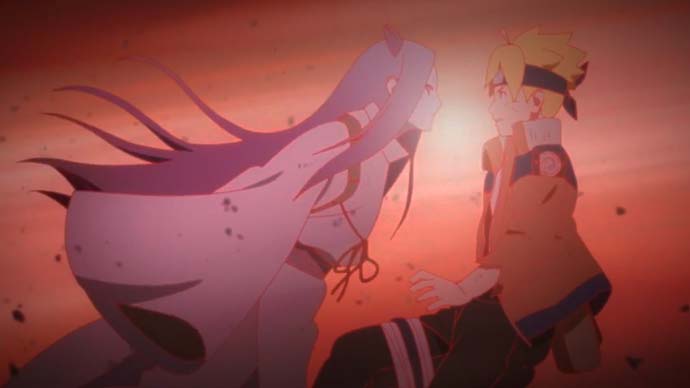Human vessels and host bodies are basically the same trope, and it’s a trope that can lend a lot to an anime’s sense of worldbuilding, plot progression, and character development. When done right, it can make any series that much more interesting and engaging. Here are our picks for the best anime series that involve characters who are human vessels and host bodies for another entity.
12. Naruto + Naruto Shippuden
Naruto and Kurama are basically the poster children of this trope, with the orphan boy Naruto as the host in whom the demon fox Kurama is sealed. They are central to Naruto and Naruto Shippuden. Because of all the damage and chaos wreaked by Kurama prior to being sealed away, everyone feared him. Now, as he’s sealed within Naruto, everyone fears and despises Naruto as well. The only good thing is that Kurama (reluctantly) lends some of his massive chakra reserves to Naruto because if Naruto dies, then Kurama also dies. Through this symbiotic relationship, Naruto grows into one of the strongest ninja in the world—and Kurama eventually grows fond of him.
11. Flame of Recca
In Flame of Recca, Recca Hanabishi uses the power of his “flame dragons,” which seems like a simple element-manipulation ability. But there’s a deeper story behind his powers—one where he’s a human vessel. It’s not fully explored in the anime series, but the flame dragons were once human beings and former clan leaders. Upon death, their spirits inhabit the next clan leader, bringing with them their abilities and expertise. Recca, who was heir to the now perished Hokage clan, has the spirits of eight former clan leaders inside him, and he can tap into their powers—but he must first prove to them that he’s worth their powers.
10. Bleach
Ichigo Kurosaki from Bleach is a human vessel-type character who was first introduced as just some normal guy. Through circumstance, he was turned into a Soul Reaper after Rukia Kuchiki gave him some of her power. Ichigo’s sword, called Zangetsu, has a spirit of its own. And while Ichigo isn’t exactly the full-time vessel for Zangetsu—the sword is the spirit’s host—Zangetsu does inhabit Ichigo’s inner world (or his consciousness). Later, after the Hollowfication process, another entity comes to reside in his inner world: the Hollow Ichigo. Both entities in his inner world are his powers, giving him destructive abilities like Getsuga Tenshou and the badass Hollow Mask form.
9. Dota: Dragon’s Blood
Dota: Dragon’s Blood centers on the character of Dragon Knight Davion, who hunts dragons. But his fate changed one day when he encountered Eldwurm Slyrak, who merged his soul with the Dragon Knight’s soul. With his newfound dragon powers, Davion must go on an adventure to defeat Terrorblade, who’s hunting dragons and collecting their souls to accomplish a most sinister plan.
8. Shaman King
The story of Shaman King involves Shamans, which are human beings who can fuse with ghosts (known as their Guardian Spirits). When under the Spirit Fusion technique, the Shaman becomes the vessel for the Guardian Spirit. Or, in other words, possessed. Like other anime series where hosts gain powers from sealed entities within them, Shamans in Shaman King also gain powers from their Guardian Spirits. However, the Guardian Spirits aren’t always locked within the Shamans, which is a unique spin on the human vessel character trope.
7. Jujutsu Kaisen
Yuji Itadori of Jujutsu Kaisen is a high school student who ends up eating a cursed finger—and becomes host to Ryomen Sukuna, a cursed spirit who was once King of Curses over a millenium ago. Unlike other host bodies who tap into their guest’s power, Yuji switches places with Sukuna, giving the Curse direct control over his body. Whenever Sukuna takes over, markings appear across his physical appearance. However, there are some moments when Sukuna talks to other people simply by forming a mouth and eyes on Yuji’s skin.
6. That Time I Got Reincarnated as a Slime
That Time I Got Reincarnated as a Slime is one of the better known isekai anime series, featuring a protagonist who’s killed in his world and then magically transported to a different world—to be reincarnated as a slime. But thanks to the Predator skill he gained during his transition of worlds, Satoru can absorb the properties, skills, and attributes of anything he consumes and make them his own. One such meal was his friend-slash-sworn-brother, the Storm Dragon Veldora, who willingly let himself be consumed in the hopes of getting free from being sealed. Since then, Veldora resides in Satoru’s body and grants him the attributes and powers of the Storm Dragon.
5. Devilman Crybaby
Devilman Crybaby features a world where demons are on the brink of taking over, and they do so by possessing human beings and making them experience agony, trauma, and insanity. Unfortunately for these demons, there are some people who manage to overcome the possession and recover control of themselves. One such person is Akira Fudo, who manages to overpower the devil who possesses his body. In doing so, he becomes a “devilman” who retains his own consciousness and bodily control but also has access to the powers of the devil Amon within him.
4. Parasyte: The Maxim
In Parasyte: The Maxim, parasitic aliens have invaded the world and spread by eating human brains and taking over their bodies. Shinichi Izumi, one of the infected, managed to stop his alien parasite from traveling to his brain—by trapping it in his hand. Now, his right hand is sentient, able to communicate, and acts on its own. Not only is it smart, Migi (the parasite-controlled hand) can morph into deadly blades and cause harm. Together, Shinichi and Migi must work together to survive in a world where their enemies are disguised as humans.
3. Black Clover
In Black Clover, the human vessel trope is used in a truly extraordinary way. As it turns out, the source of Asta’s Anti-Magic is the grimoire that contains a sealed Liebe—the same grimoire Asta acquires. Because he’s magicless, Asta is suitable as a host for the Anti-Magic as there would be no side effects for him. The devil within the grimoire can channel Anti-Magic into him, for use in battle and otherwise. The human vessel trope is also used in more traditional ways as well, like with the Devil Binding Ritual and Devil Assimilation.
2. Yu-Gi-Oh!
Yu-Gi-Oh! is an anime adaptation of the manga series of the same name, which spawned the famous card game that follows the same rules and mechanics of the game in the narrative. The story revolves around Yugi Mutou, who, after solving a mysterious puzzle, became host to an ancient spirit. Using the Millenium Puzzle, Yugi and the spirit in him—known as Dark Yugi—can switch places and take control of the body while the other watches from inside. They cleverly exploit this during one match against an opponent who can read minds (using the Millenium Eye). Yugi and Dark Yugi constantly switch places to confuse the opponent’s reads.
1. Boruto: Naruto Next Generations
Much like its predecessor, Boruto: Naruto Next Generations features the human vessel trope. However, this time, instead of it being a Tailed Beast, it’s Momoshiki Otsutsuki who’s sealed in Boruto using Karma. Karma is deeper and darker than the Tailed Beasts. Although both offer power boosts to the host, Karma is used to revive fallen Otsutsuki members. In Boruto’s case, it was Momoshiki who placed a seal before he perished. Over time, Karma unseals the building blocks of the original Otsutsuki member: their abilities, powers, attributes, and even genetic makeup. It keeps progressing until they’re fully revived using the body as their vessel, meaning the vessel will eventually become the Otsutsuki.
